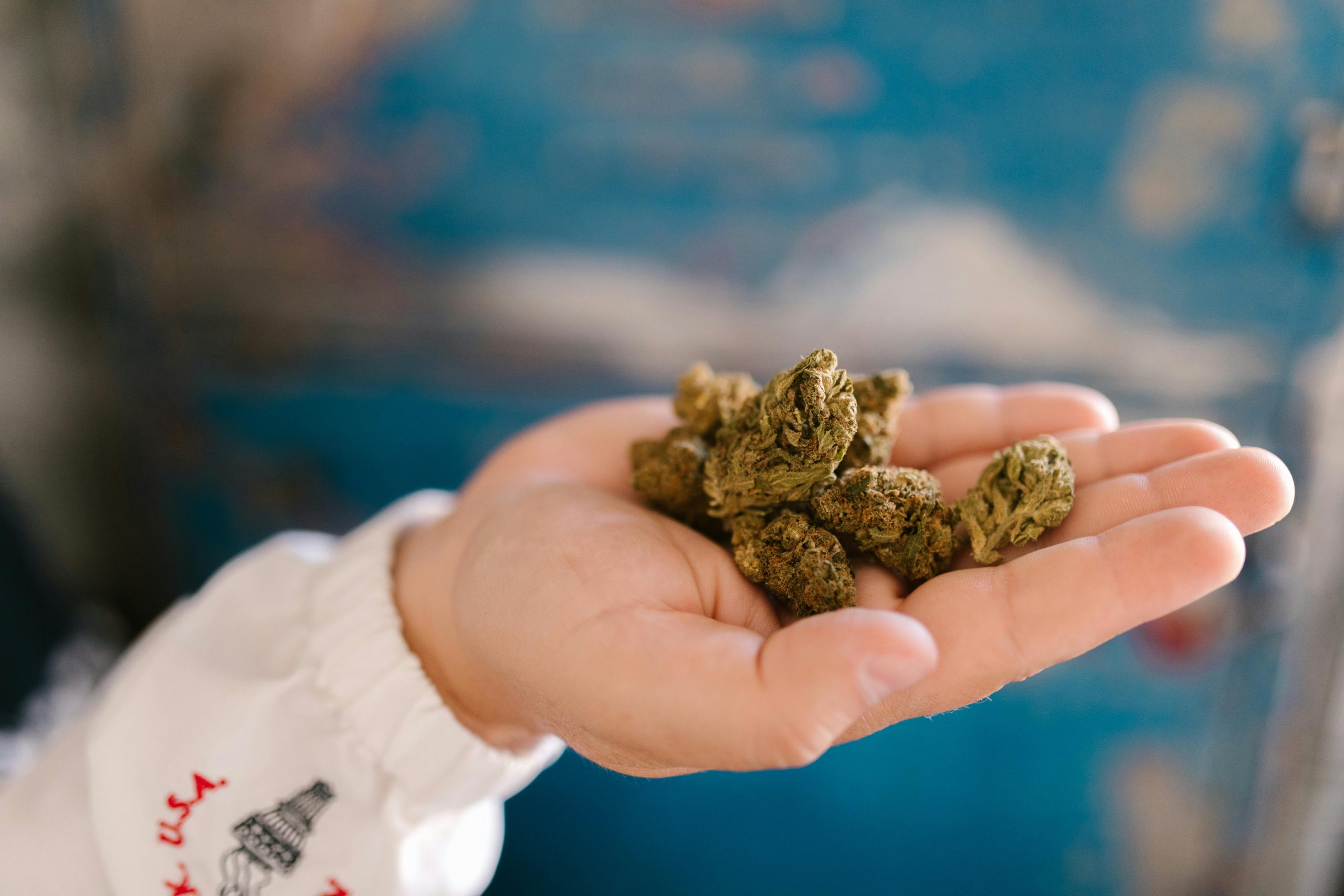Medical Cannabis Legalization and Regulatory Challenges
In recent years, there has been a significant shift in the public and political perception of medical cannabis. Once considered a taboo or illicit substance, medical cannabis has gained recognition as a potential treatment option for a variety of medical conditions. This shift has led to a growing movement for the legalization of medical cannabis, with several countries and states now allowing its use for medical purposes. However, with this shift comes the challenge of effectively regulating the production, distribution, and use of medical cannabis. In this article, we will explore the challenges associated with the legalization and regulation of medical cannabis and how these challenges can be addressed.
The Legalization of Medical Cannabis
The legalization of medical cannabis has been a highly debated topic, with strong opinions on both sides. Those in favor argue that medical cannabis can provide relief and improve the quality of life for individuals suffering from chronic pain, epilepsy, cancer, and other conditions. They also believe that legalizing medical cannabis can help reduce the black market for the substance and generate significant tax revenue for the government. On the other hand, opponents argue that medical cannabis is a gateway drug and can lead to the abuse of other substances. They also have concerns about the lack of scientific evidence supporting its medical benefits.
Despite these debates, the trend towards the legalization of medical cannabis continues. As of 2021, over 30 countries, including Canada, Germany, and Australia, have legalized medical cannabis in some form. In the United States, 36 states have legalized medical cannabis, with 15 of those states also legalizing recreational use.
The Regulatory Challenges
While the legalization of medical cannabis has brought hope for patients and economic opportunities, it has also presented significant challenges in terms of regulation. Some of the key issues include the lack of standardized regulations, the lack of scientific research, and the potential for misuse.
Lack of Standardized Regulations
One of the most significant challenges in the regulation of medical cannabis is the lack of standardized regulations. Each country, state, and even city has its own set of laws and regulations when it comes to medical cannabis. This lack of harmonization creates confusion among consumers, producers, and regulators. For example, in the United States, the federal government still classifies cannabis as a Schedule I drug, making it illegal at the federal level. However, states have the autonomy to legalize and regulate cannabis within their borders, resulting in a complex and often contradictory mix of laws.
Furthermore, the regulations for medical cannabis can vary significantly even within the same state. This lack of consistency can lead to challenges for producers and consumers, who may be subject to different regulations depending on their location.
Lack of Scientific Research
Another challenge in the regulation of medical cannabis is the lack of scientific research. Due to its legal status and previous stigmatization, medical cannabis has been difficult to research. This lack of research makes it challenging for regulators to determine appropriate dosing, safety standards, and potential interactions with other medications. As a result, there is still a lot of uncertainty and misinformation surrounding medical cannabis, which can impact its effective regulation.
Potential for Misuse
The potential for misuse is a significant concern when it comes to the legalization and regulation of medical cannabis. While it can provide relief and improve the quality of life for patients, there is also a risk of individuals abusing the substance for recreational purposes. As medical cannabis becomes more accessible, there is a need for strict regulations to prevent misuse and ensure that it is only used for medical purposes.
Addressing the Challenges
To effectively regulate medical cannabis, steps need to be taken to address these challenges. Firstly, there needs to be greater collaboration and harmonization among regulators to create standardized regulations. This would provide clarity and consistency for producers and consumers and help prevent the illegal use of medical cannabis.
Secondly, more scientific research needs to be conducted on medical cannabis to establish evidence-based guidelines. This would provide regulators with the necessary data to determine appropriate dosing, potency, and safety standards for medical cannabis products.
Lastly, robust control measures need to be implemented to prevent the misuse of medical cannabis. This could include mandatory product testing, secure packaging, and prescribing restrictions to ensure that it is only used for medical purposes.
Conclusion
The legalization of medical cannabis is a complex and challenging process. While it has the potential to provide relief for patients and generate significant economic benefits, it also presents significant regulatory challenges. By addressing these challenges through standardized regulations, increased scientific research, and strict control measures, we can ensure that medical cannabis is effectively regulated and used for its intended purpose – to improve the health and well-being of those in need.











